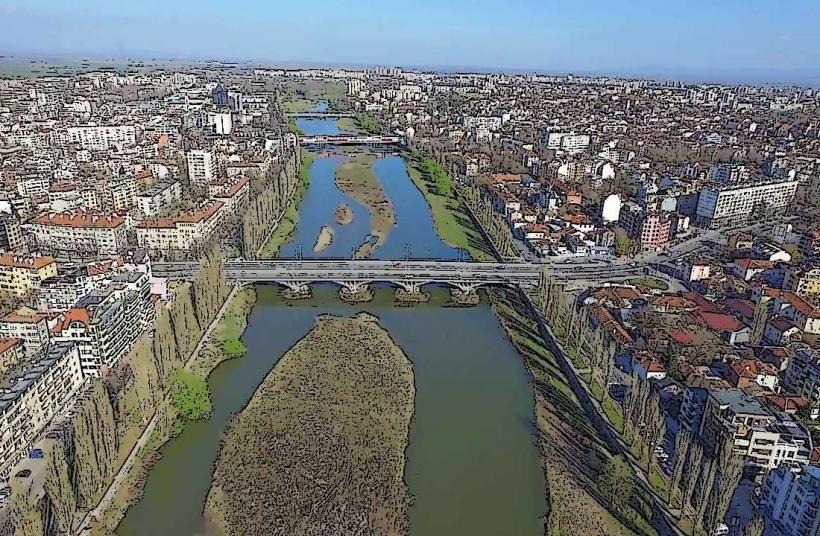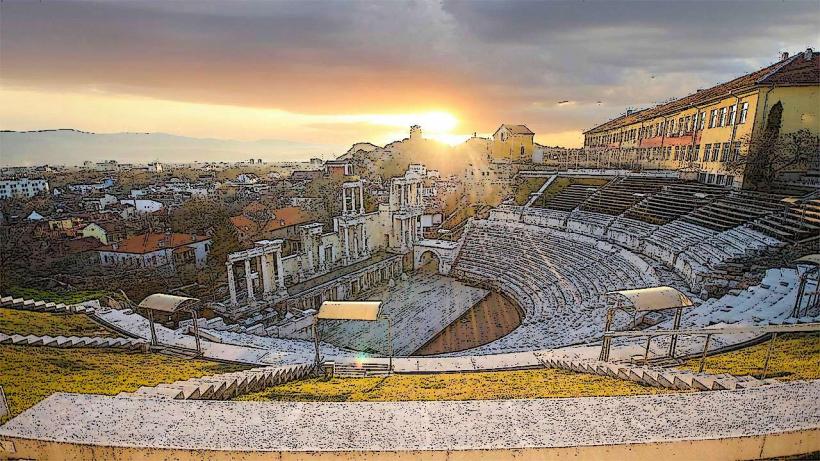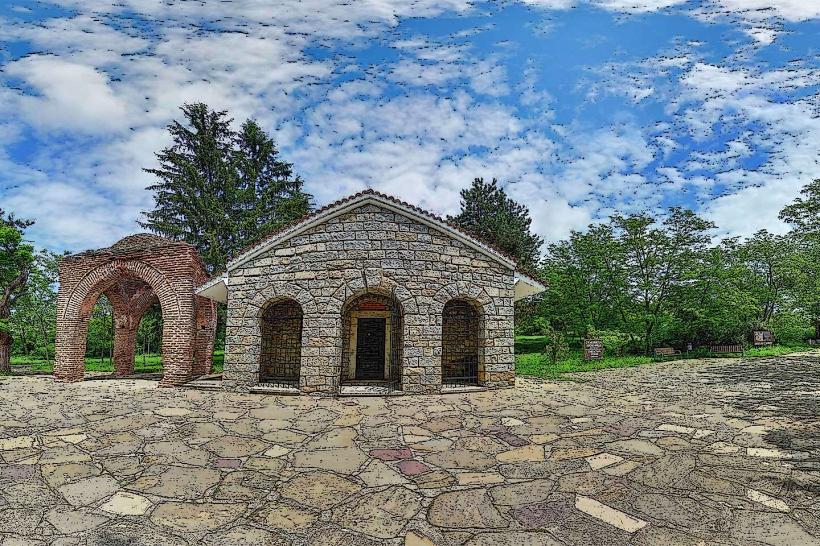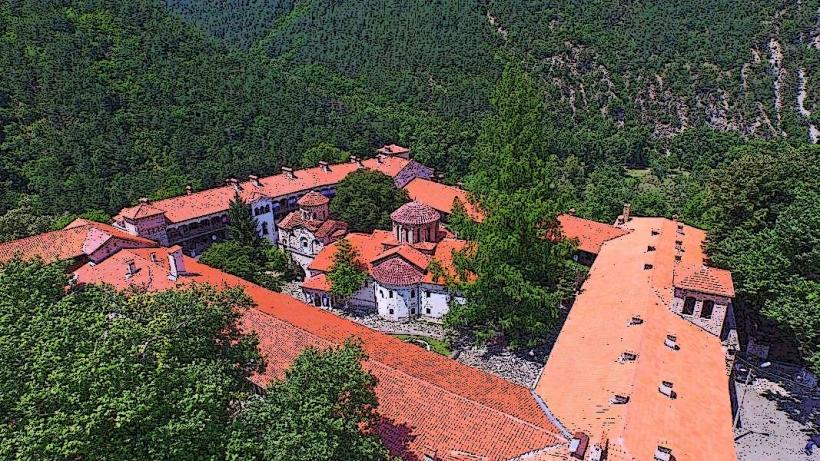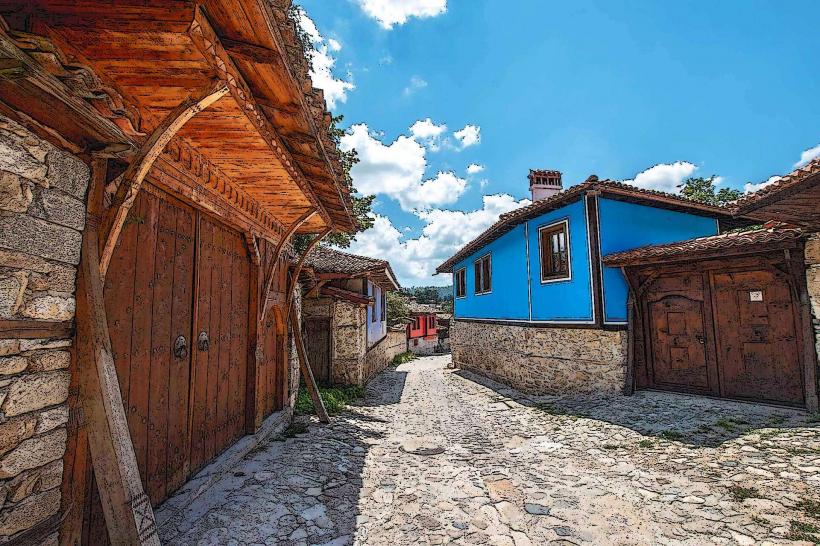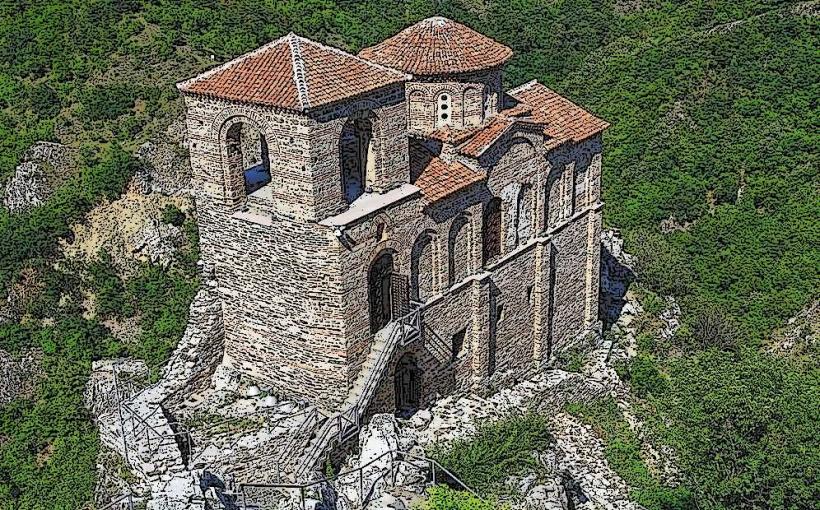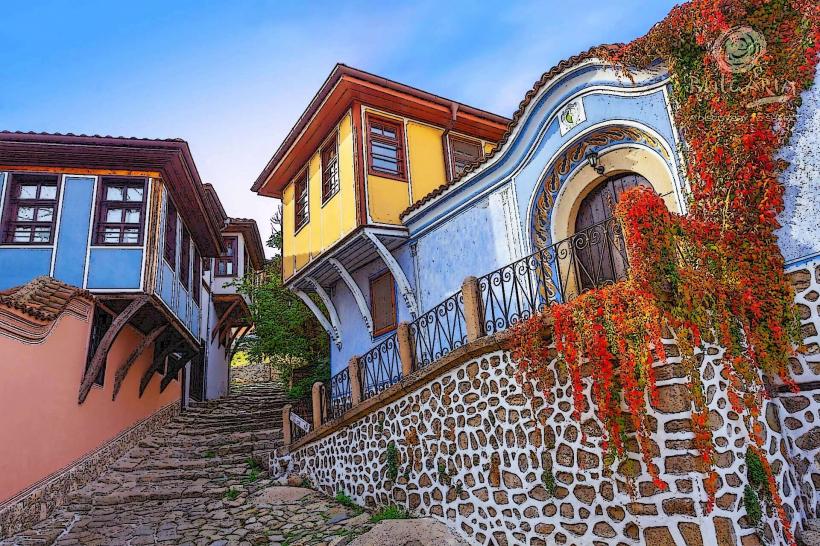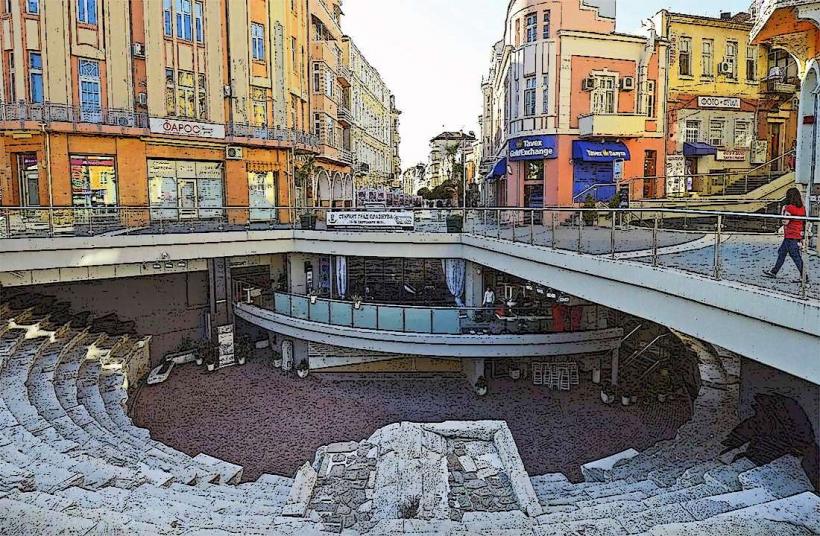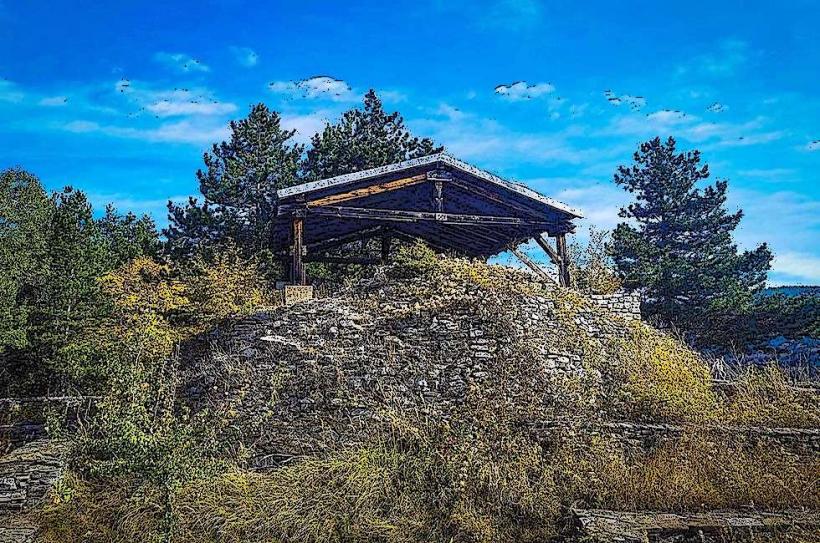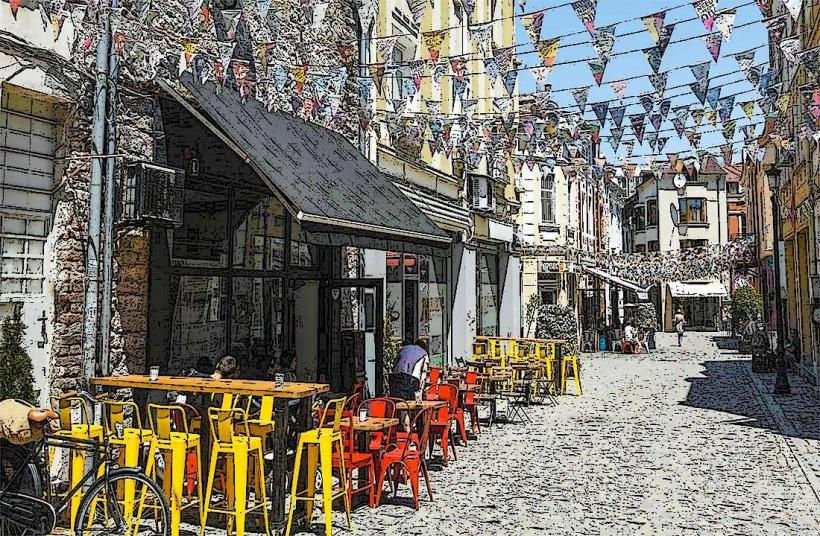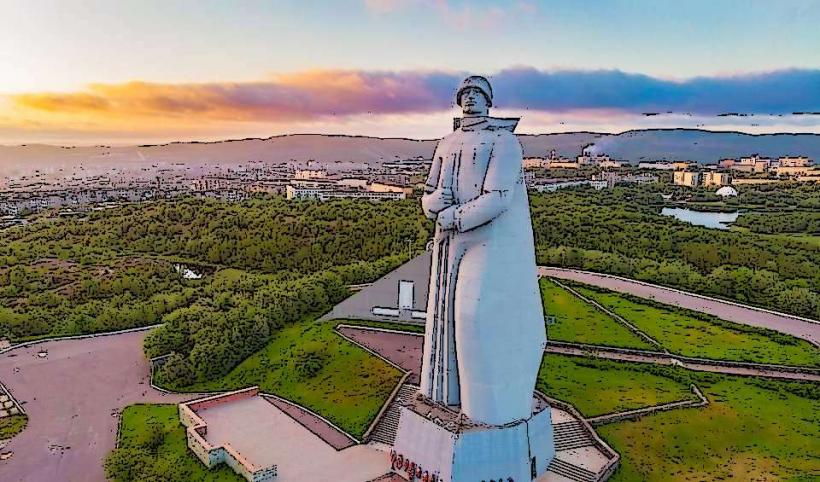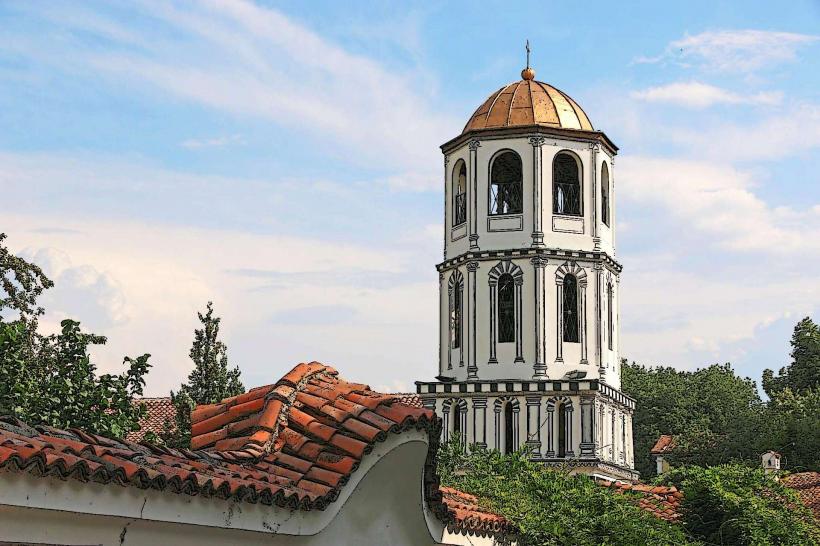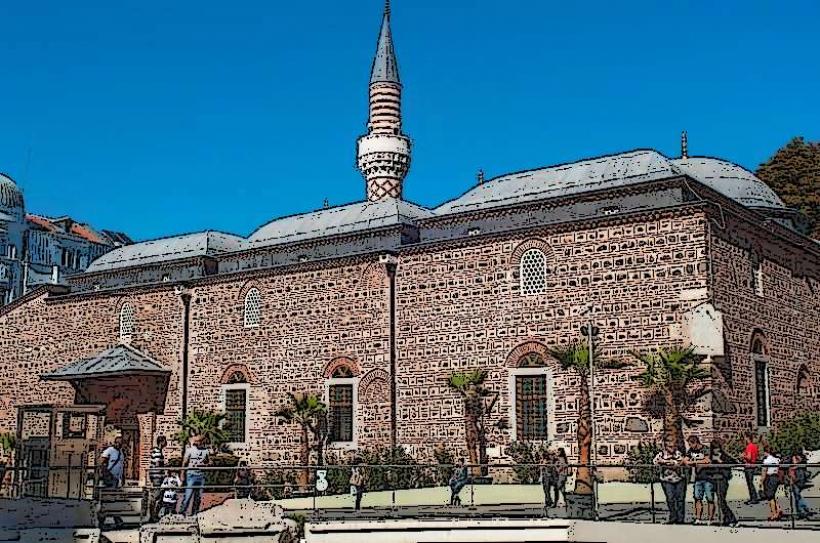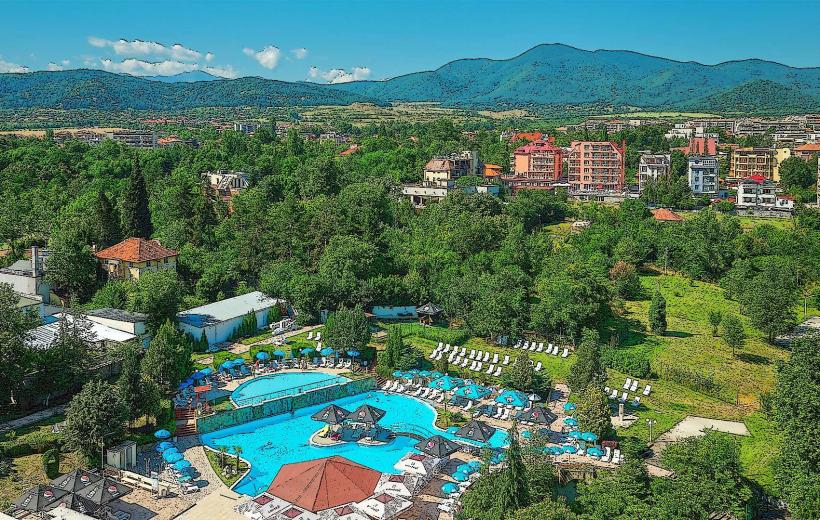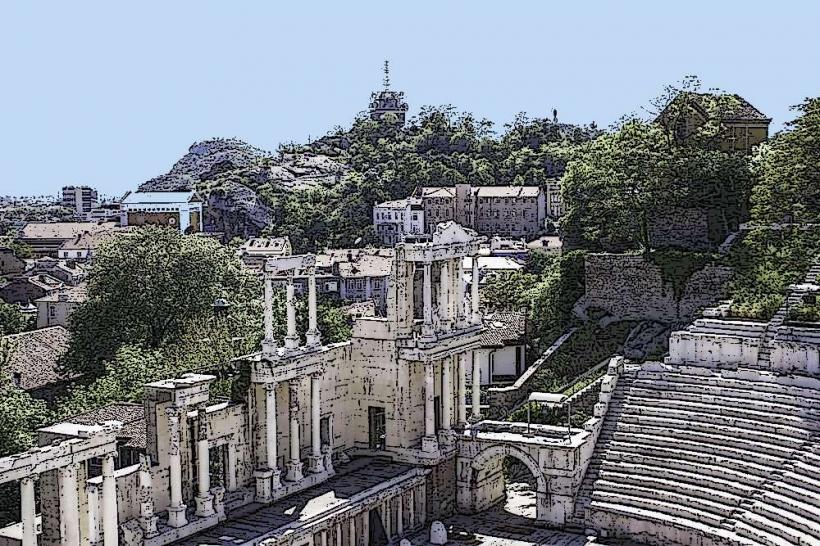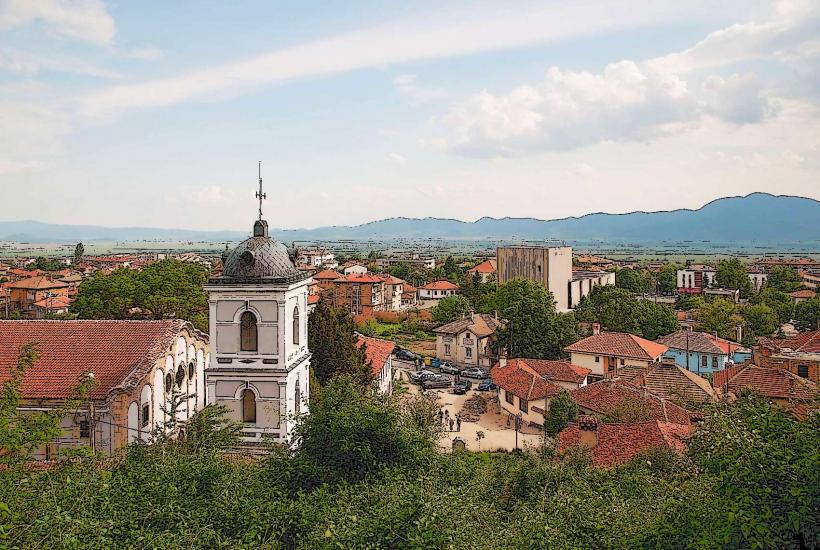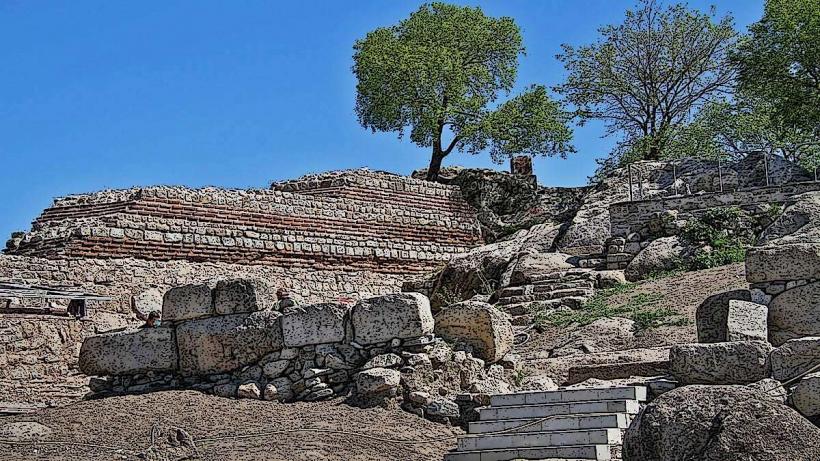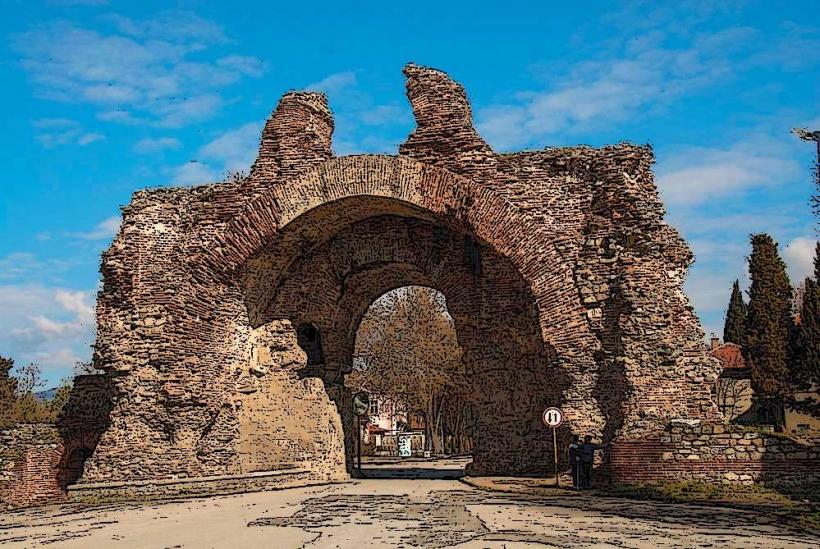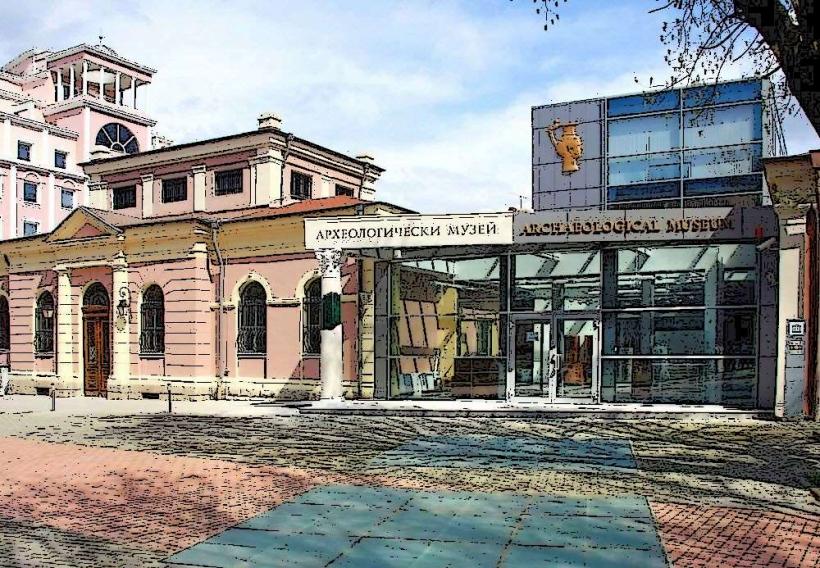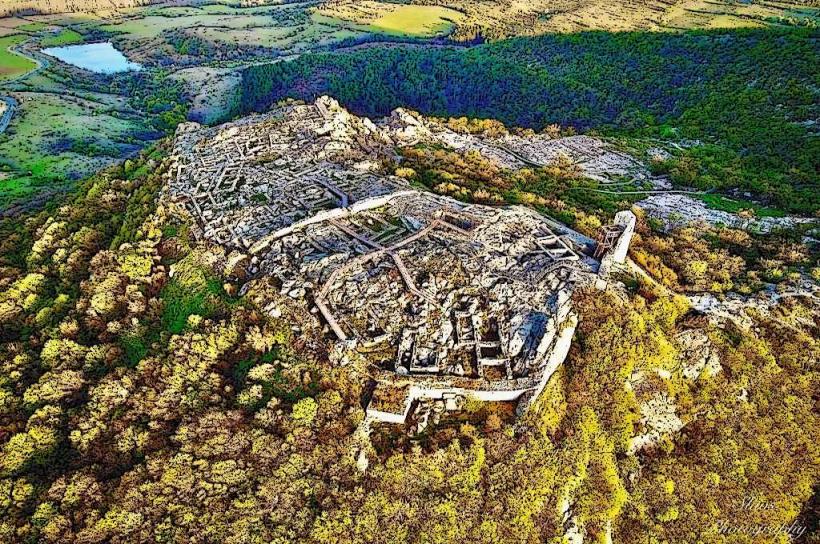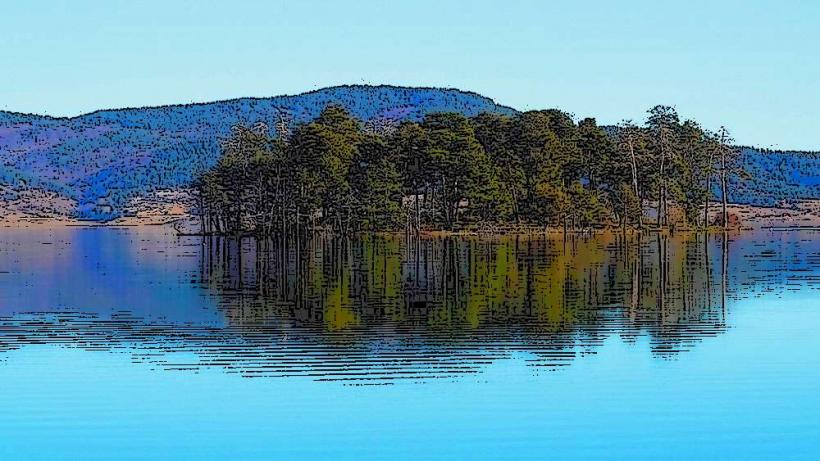Information
Landmark: Regional Ethnographic MuseumCity: Plovdiv
Country: Bulgaria
Continent: Europe
The Regional Ethnographic Museum in Plovdiv, Bulgaria, is one of the most distinguished museums of its kind in the Balkans, known for its rich collection and stunning setting. Housed in a beautifully preserved 19th-century building—the Kuyumdzhioglu House—this museum captures the spirit, history, and traditions of Bulgarian culture, particularly that of the Plovdiv region and the Rhodope Mountains.
The Building: Kuyumdzhioglu House
The museum is set in the Kuyumdzhioglu House, a masterpiece of Bulgarian Revival architecture. Built in 1847 for the wealthy merchant Argir Kuyumdzhioglu, the house features a striking symmetrical design with intricate woodwork, colorful frescoes, and a grand, elaborately decorated facade. The house is a four-story structure with spacious rooms and a picturesque courtyard with a fountain and lush gardens, adding to its allure. This building itself is a national cultural monument, and it provides an authentic historical setting for the museum's collections.
Exhibits and Collections
The museum’s collection contains over 40,000 artifacts that span the everyday lives, customs, and traditions of Bulgarians in the 18th and 19th centuries. Key sections of the museum include:
Traditional Clothing and Textiles: The museum boasts an extensive collection of traditional Bulgarian clothing, representing the various ethnic groups in the Plovdiv region. These include embroidered costumes, unique headpieces, and intricate jewelry, showcasing the diverse craftsmanship of the period.
Folk Art and Crafts: A large part of the museum is dedicated to Bulgarian folk art, including pottery, wood carving, metalwork, and weaving. Visitors can see beautiful examples of handmade tools, vessels, and household items, as well as traditional musical instruments like the gaida (bagpipe), tambura (lute), and kaval (flute).
Agricultural Tools and Handicrafts: The exhibits also include tools for farming and everyday rural life, which were crucial to the region's economy. This section highlights the skills and techniques that were passed down through generations.
Religious Artifacts and Icons: The museum holds a collection of religious icons, crosses, and other artifacts that illustrate the spiritual life of Bulgarian Orthodox Christians in the region. Many of these items are handcrafted and reflect the distinctive iconography of Bulgarian art.
Household Items and Furniture: Inside the museum, rooms are arranged with period furniture and decor, giving visitors a glimpse into the typical Bulgarian home environment during the 19th century. You’ll find hand-carved wooden furniture, rugs, and various domestic items that represent daily life.
Special Exhibits and Programs
The museum frequently organizes temporary exhibitions and interactive programs that allow visitors to experience Bulgarian customs firsthand. These programs often feature traditional folk music and dance, craft workshops, and demonstrations of ancient skills such as weaving and pottery making.
Events and Festivals
The Regional Ethnographic Museum in Plovdiv also plays an active role in local festivals and cultural events. During traditional Bulgarian holidays like Easter, Christmas, and Midsummer (Enyovden), the museum hosts celebrations that include singing, dancing, and demonstrations of traditional crafts. This makes the museum a vibrant cultural hub, connecting both locals and tourists with the region's rich heritage.
Educational Programs and Workshops
The museum offers a variety of educational programs aimed at children and adults. These programs are designed to teach traditional crafts, folk music, and dances, as well as provide deeper insight into the historical background of the artifacts on display.
Visitor Information
The Regional Ethnographic Museum is located in Plovdiv’s Old Town, a historic area filled with well-preserved buildings and cobbled streets. This area is one of the oldest continuously inhabited cities in Europe, making the museum part of a broader historical landscape. The museum is open year-round and provides guided tours in several languages to enhance the visitor experience.
This museum is a must-visit for anyone interested in Bulgarian culture, as it offers a fascinating journey through the customs, skills, and artistic achievements of the Bulgarian people in a beautifully preserved historical setting.

